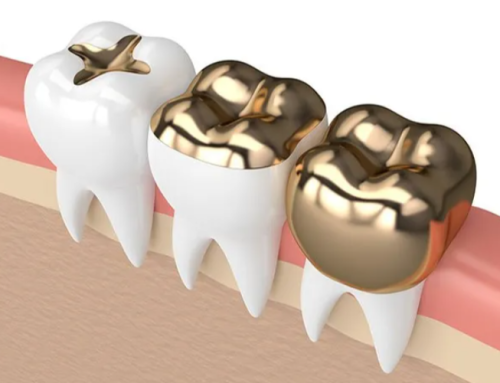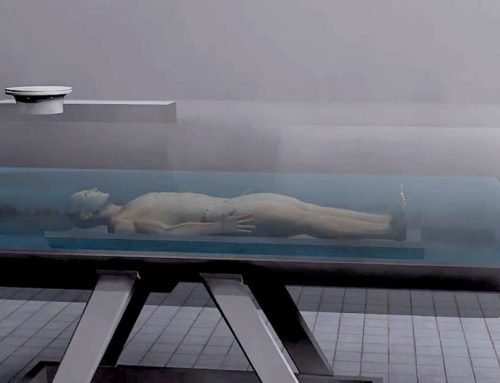This information is from the Consumer Guide to Funeral and Cemetery Purchases
https://www.cfb.ca.gov/consumer/funeral.shtml
CREMATION INFORMATION
California law requires written acknowledgment of the following disclosure when cremation is to take place:
“The human body burns with the casket, container, or other material in the cremation chamber. Some bone fragments are not combustible at the incineration temperature and, as a result, remain in the cremation chamber. During the cremation, the contents of the chamber may be moved to facilitate incineration. The chamber is composed of ceramic or other material which disintegrates slightly during each cremation, and the product of that disintegration is co-mingled with the cremated remains. Nearly all of the contents of the cremation chamber, consisting of the cremated remains, disintegrated chamber material, and small amounts of residue from previous cremations, are removed together and crushed, pulverized, or ground to facilitate inurnment or scattering. Some residue remains in the cracks and uneven places of the chamber. Periodically, the accumulation of this residue is removed and interred in a dedicated cemetery property, or scattered at sea.”
The person who has the right to control the disposition of the body must sign a written authorization before cremation can proceed. This authorization, or a separate contract, indicates the location, manner, and time of disposition of the remains. It also includes an agreement to pay the costs for the cremation, for disposition of the cremated remains, and for any other services desired. (If you wish to arrange for your own cremation, you can legally sign the Declaration for Disposition of Cremated Remains form yourself.)
In addition, a burial/cremation permit (called Application and Permit for Disposition of Human Remains, VS 9) must be issued by the county health department. The funeral establishment usually arranges to obtain this permit as part of its services.
MORE CREMATION INFORMATION
California law does not prohibit the person authorizing the cremation from viewing the cremation process, and some facilities may be able to accommodate more than one family member. Crematories that do not allow viewing of the cremation process must disclose that fact in writing prior to signing any contract. There may be a charge for attending the cremation. Check with the crematory for its policies.
A casket is not required for cremation by California law, but a combustible cremation container, also known as an alternative container, is. The container must be one that can be closed and is leak-resistant. A cardboard box constructed for this purpose is acceptable. You do not have to buy the container from the funeral establishment or crematory, but it does have to meet the standards set by the crematory.
You should make a decision about removing all personal possessions of value, such as jewelry or mementos, before the body is taken to the crematory. Pacemakers, most prostheses, and mechanical or radioactive devices or implants are most often removed prior to cremation.
By law, all cremations must be performed individually, unless a multiple cremation is authorized in writing and the cremation chamber is capable of multiple cremations. Only a few crematories have this capability and/ or will permit it.
After the cremation has been completed and the cremation chamber has cooled, the remains are swept from the chamber, processed to a uniform size, and placed in a sturdy plastic bag sealed with an identification disk, tab, or label. The bag is then placed in a durable cremated remains container.
Disposition of Cremated Remains (more cremation information)
In California, you may choose any of the following methods of disposition of cremated remains:
- Placement in a columbarium or mausoleum – There may be additional charges for endowment care, opening or closing, recording, flower vase, and nameplate.
- Burial in a plot in a cemetery – There may be additional charges for endowment care, opening or closing, recording, outer burial container, flower vase, and marker.
- Retention at a residence – The funeral establishment or crematory will have you sign a Permit for Disposition showing that the remains were released to you and will file it with the local registrar of births and deaths. You may not remove the cremated remains from the container and you must arrange for their disposition upon your death.
- Storing in a house of worship or religious shrine if local zoning laws allow.
- Scattering in areas of the State where no local prohibition exists and with written permission of the property owner or governing agency. The cremated remains must be removed from the container and scattered in a manner so they are not distinguishable to the public.
- Scattering in a cemetery scattering garden.
- Scattering at sea, at least 500 yards from shore. This also includes inland navigable waters, except for lakes and streams.
Cremated remains may not be transported without a permit from the county health department and they may not be disposed of in refuse.
Scattering
Cremated remains may be scattered as described above by employees at a licensed cemetery, cemetery brokers, crematory employees, registered cremated remains disposers, funeral establishment staff members, or the decedent’s family. All cremated remains must be removed from the container for scattering, with the exception of those remains placed into a scattering urn for scattering cremated remains at sea from a boat.
Scattering may also be done by any person having the right to control the disposition of the cremated remains of any person or that person’s designee if the person does not dispose of or offer to dispose of more than ten cremated remains within any calendar year.
When scattering remains, you should avoid inhaling the dust from the remains, since there may be health risks. The county health department must issue a Permit for Disposition, and boat/aircraft operators must notify the U.S. Environmental Protection Agency after scattering.
State law requires cremated remains disposers who scatter by air or boat to post copies of their current pilot or boating licenses and the addresses of their cremated remains storage areas at their place of business. The law also requires disposers to conduct scatterings within 60 days of receiving the remains, unless the person with the right to control disposition is notified in writing of the reason for the delay.
SPECIAL CIRCUMSTANCES
Death Out of State
Burial – If death occurs away from the city where burial is to take place, you will need to have the body transported using the coordinated services of a funeral establishment in each city. If the body is transported by shipping on a common carrier, the body must be embalmed prior to shipping. If it cannot be embalmed, the body must be shipped in an airtight casket or transportation container.
Cremation – You can arrange for the body to be cremated in the distant city and for the cremated remains to be shipped to you.
Death Out of the Country
If death occurs in another country, the U.S. Embassy or Consulate in that country can assist in making arrangements for the return of the body or for its local disposition. You will usually be able to obtain English translations of the death certificate and other documents through the nearest U.S. Embassy or Consulate.
Donation for Medical Purposes
If you wish to donate your body to a medical school for educational or research purposes, you will need to make arrangements with the school well in advance. It is a good idea to check with the school every few years, since procedures and needs may change. By law, the school is responsible for costs of final disposition.
Related Links about Cremation Information:
- Financial Assistance for Funerals
- UCSD Body Donation Program
- Image Courtesy of Time Magazine – Article on Ashes to Ashes: The Growing Popularity of Cremation





